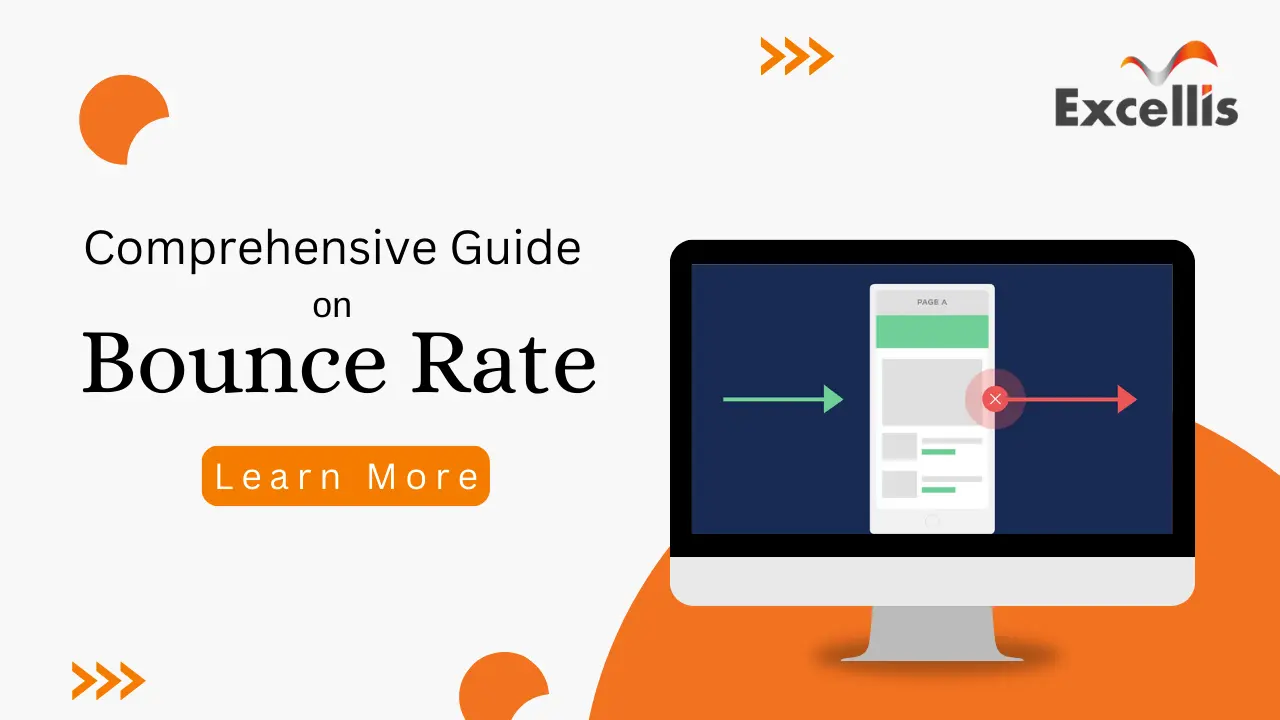
In the dynamic landscape of online analytics, understanding bounce rates is pivotal for website owners and marketers. Bounce rate, a metric that measures the percentage of visitors who navigate away from a site after viewing only one page, provides crucial insights into user engagement. In this comprehensive guide, we’ll delve into the intricacies of bounce rate, its significance, how to analyze it effectively, and practical strategies to improve user engagement on your website.
Understanding Bounce Rate: Definition and Significance
Bounce rate serves as a pivotal metric in web analytics, quantifying the percentage of single-page sessions on a website. This metric is indicative of the proportion of visitors who, after landing on a particular page, depart without delving further into the site’s content or engaging with additional pages.
Significance:
User Engagement Indicator:
The significance of bounce rate lies in its role as a barometer of user engagement. A high bounce rate often signals low engagement levels, suggesting that visitors are not encountering the content or experience they anticipated upon reaching the landing page.
Content Relevance Measure:
Moreover, bounce rate provides a valuable gauge of how well a website’s content aligns with user expectations. Content that resonates with visitors is more likely to keep them exploring additional pages, fostering a deeper connection.
Conversion Implications:
Understanding bounce rate is indispensable for businesses, given its potential impact on conversion rates. Elevated bounce rates may signify that visitors are not converting into customers or taking desired actions, necessitating a thorough examination of website elements to rectify the issue.
A leading Digital Marketing company in Kolkata helps you understand the impact of bounce rate and how to improve user experience.
Bounce Rate Metrics and Interpretation
Page-Specific Bounce Rate:
Delving into page-specific bounce rates unveils insights into the performance of individual content. Elevated bounce rates on specific pages may indicate issues related to content quality or relevance, guiding content optimization efforts.
Traffic Source Analysis:
Analyze bounce rates based on different traffic sources—organic, direct, and referral. Tailoring strategies for each channel based on these insights ensures a more targeted and effective approach.
Device-Based Bounce Rates:
Recognizing disparities between bounce rates on mobile and desktop platforms is crucial. Optimizing for mobile responsiveness is imperative, as a subpar mobile experience can contribute to higher bounce rates and a potential loss of audience.
Time on Page:
Correlating bounce rate with time spent on a page offers nuanced insights. A visitor spending a brief period on a page before bouncing may suggest a lack of interest, emphasizing the need for engaging content.
Factors Influencing Bounce Rate
Page Load Time:
The speed at which pages load significantly influences bounce rates. Optimal page speed is essential for a positive user experience, and efforts to enhance loading times can contribute to lower bounce rates.
Content Quality:
Ensuring content is both relevant and well-presented is paramount. High-quality, compelling content captivates users, reducing the likelihood of premature exits from the website.
User Experience Design:
A cluttered or confusing layout can drive users away. Prioritizing intuitive design elements guides visitors through a seamless browsing experience, fostering engagement and reducing bounce rates.
Clear Call-to-Actions (CTAs):
The absence of clear calls-to-action can result in user confusion and subsequent bouncing. Well-defined CTAs encourage continued engagement, reducing bounce rates and increasing the likelihood of conversions.
Analyzing Bounce Rate: Tools and Metrics
Google Analytics:
Google Analytics stands out as a robust tool for gaining detailed insights into bounce rates. It facilitates the analysis of bounce rates across various dimensions, including pages, traffic sources, and devices.
Benchmarking:
Comparing bounce rates with industry benchmarks provides context for performance evaluation and identifies areas for improvement. Benchmarking aids in setting realistic goals and targets for bounce rate optimization.
Custom Segments:
Creating custom segments within analytics tools allows for a more granular analysis. By segmenting based on demographics or user behavior, patterns in bounce rates become more apparent, guiding targeted optimization efforts.
Strategies to Improve Bounce Rate
Optimize Landing Pages:
Crafting compelling headlines, incorporating engaging visuals, and ensuring that landing pages deliver on the promises of marketing efforts are crucial steps in optimizing bounce rates.
Improve Content Quality:
Conducting a comprehensive content audit ensures that content remains relevant and of high quality. Regular updates, along with the integration of multimedia elements, contribute to enhanced engagement and reduced bounce rates.
Enhance User Experience:
Streamlining navigation, optimizing for mobile devices, and ensuring a user-friendly interface are pivotal for improving overall user experience and, consequently, reducing bounce rates.
A/B Testing:
Experimentation with various elements, including headlines, CTAs, and layouts, through A/B testing is instrumental in identifying what resonates best with the audience. Continuous refinement based on test results aids in ongoing bounce rate optimization.
Optimize Page Load Speed:
Addressing factors such as image compression, leveraging browser caching, and optimizing code contribute to improved page load speeds. This optimization, in turn, reduces the likelihood of users bouncing due to slow loading times.
Monitoring and Iterating: A Continuous Process
Regular Analysis:
Ongoing monitoring of bounce rates, taking into account factors like seasonality and shifts in user behavior, is crucial. Identifying trends and patterns allows for continuous optimization efforts to maintain optimal bounce rates.
Feedback Mechanisms:
Implementing feedback mechanisms, such as surveys or user testing, provides valuable insights directly from the audience. Understanding their experiences and potential reasons for bouncing informs iterative improvements.
Iterative Improvement:
Utilizing insights gathered from monitoring and feedback mechanisms, implementing iterative improvements becomes an ongoing process. Continuous optimization is vital to ensuring that bounce rates remain at an optimal level, aligning with evolving user expectations and industry standards.
Conclusion: Navigating the Bounce Rate Landscape
Understanding, analyzing, and improving bounce rates are integral components of a successful online strategy. By considering the factors influencing bounce rates, leveraging analytics tools, and implementing strategic improvements, website owners and marketers can enhance user engagement and drive meaningful conversions. A leading Digital Marketing company in Kolkata helps you understand the impact of bounce rate and how to improve user experience. Embrace the journey of continuous optimization, and let the insights from bounce rates guide your efforts to create a more engaging and user-friendly digital experience.
Category
Featured Posts

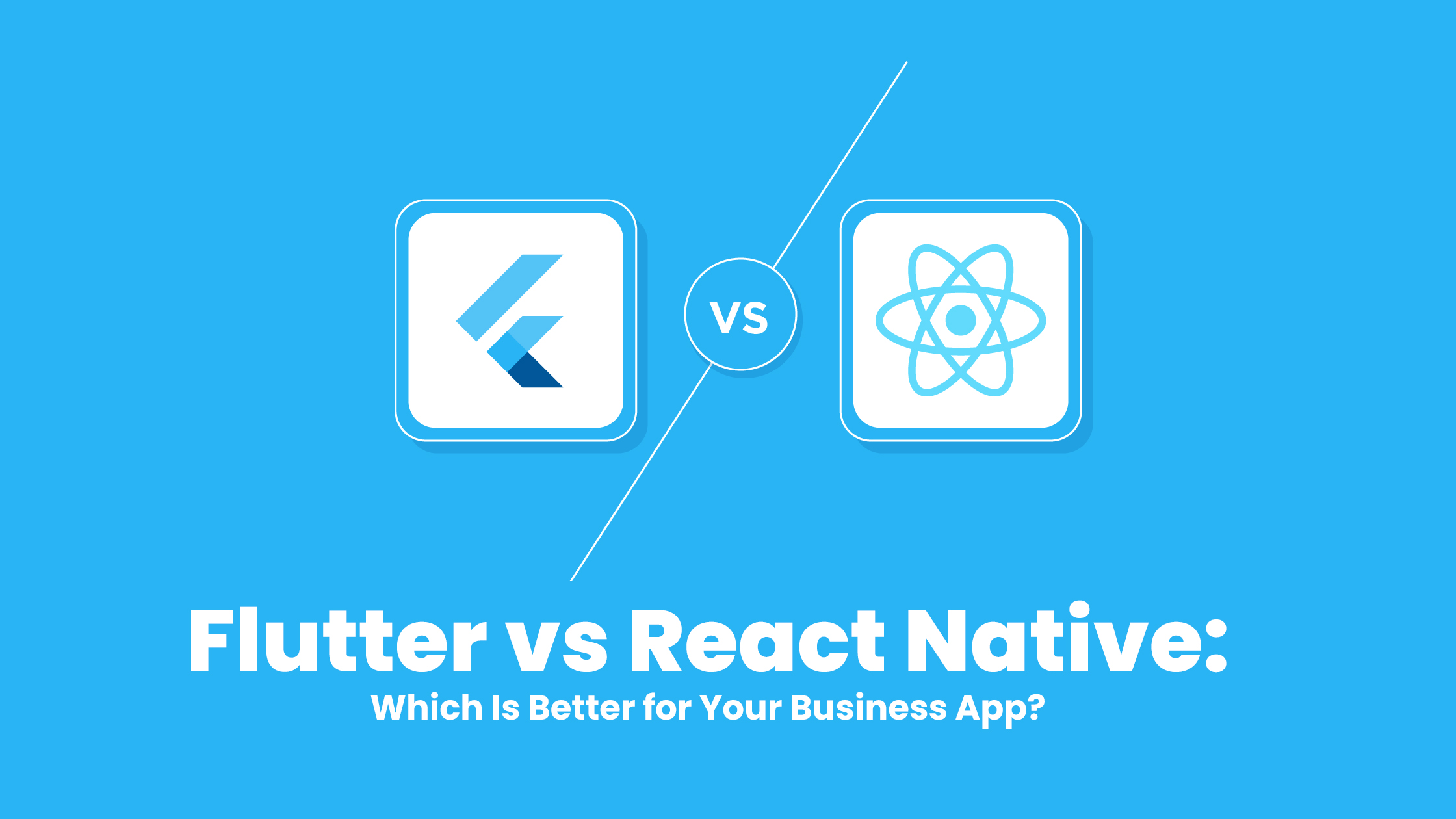



More reasons to trust us!
Excellis IT is building a skilled team in IT support, customer support, digital marketing, and back-office services for modern companies.

Excellis it is an esteemed ISO/IEC 27001:2022 certified company
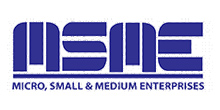
We achieved the prestigious certification by MSME in 2019
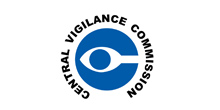
We are certified by the Central Vigilance Commission
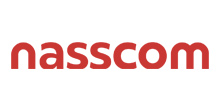
We are an honoured members of NASSCOM since 2022

